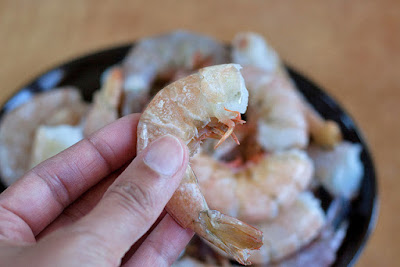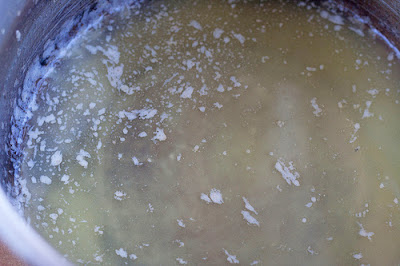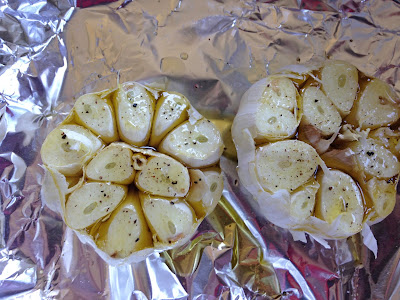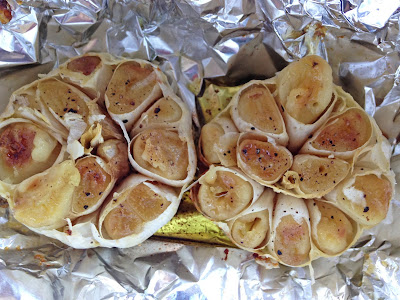Chicago is miles away from the ocean. And although I love its magnificent architecture and fun-loving folk, sometimes I long for the briny breath of the sea. On occasion, I travel to the coast or go abroad to reach its salty waters, but more often, I look for simple ways to bring its flavorful bounty into the kitchen.
I enjoy feasting on an array of seafood: crab, scallops, lobster, squid, or clams. But in the Windy City, shrimp is often the easiest to find. I love to sauté it with cayenne, black pepper, and chunks of coconut, but it’s just as easy to deep fry, boil, or barbecue the quick-cooking crustacean. During Lent, dishes like this Kerala Fried Shrimp make meatless meals a small sacrifice.
How to Select Shrimp
When you smell raw shrimp, it should remind you of a stroll by the sea. If it hints of ammonia, it's spoiled - walk away. Look for shells that are clean, shiny, and free of spots. If possible, opt for whole shrimp, which has more flavor and spring texturally than its shelled and deveined counterpart. Whole shrimp is surprisingly easy to prep using the tips below.
How to Peel Shrimp
Shrimp is most often sold with the head removed. The translucent shell and, in most cases legs, are left intact. Although there are many ways to peel shrimp, I like to noodle my fingers just underneath the opening of the shell and carefully pull it away from the flesh as if I’m removing a tight-fitting life jacket.
I also run my finger under the tail shell and gently lift it off to keep the flesh just beneath intact.
How to Devein Shrimp
A shrimp's intestine looks like a dark vein, which runs along its back. Since the intestine can have a gritty texture and an off-putting flavor, it’s best to remove it using a process called "deveining."Here's how you do it...Place the shrimp on a cutting board with the tail closest to you. With a paring knife, make a shallow slit along the curve of the shrimp’s stomach.
Pull out the intestine with the tip of the knife and discard.
How to Butterfly Shrimp
Place the peeled shrimp (with the tail shell intact) on a cutting board with the tail closest to you.
With a paring knife, make a deep cut along the curve of the shrimp’s stomach, nearly dividing it in two.
Remove the intestine with your fingers or the tip of the knife. Gently pull the shrimp open so the flesh lays flat.



















